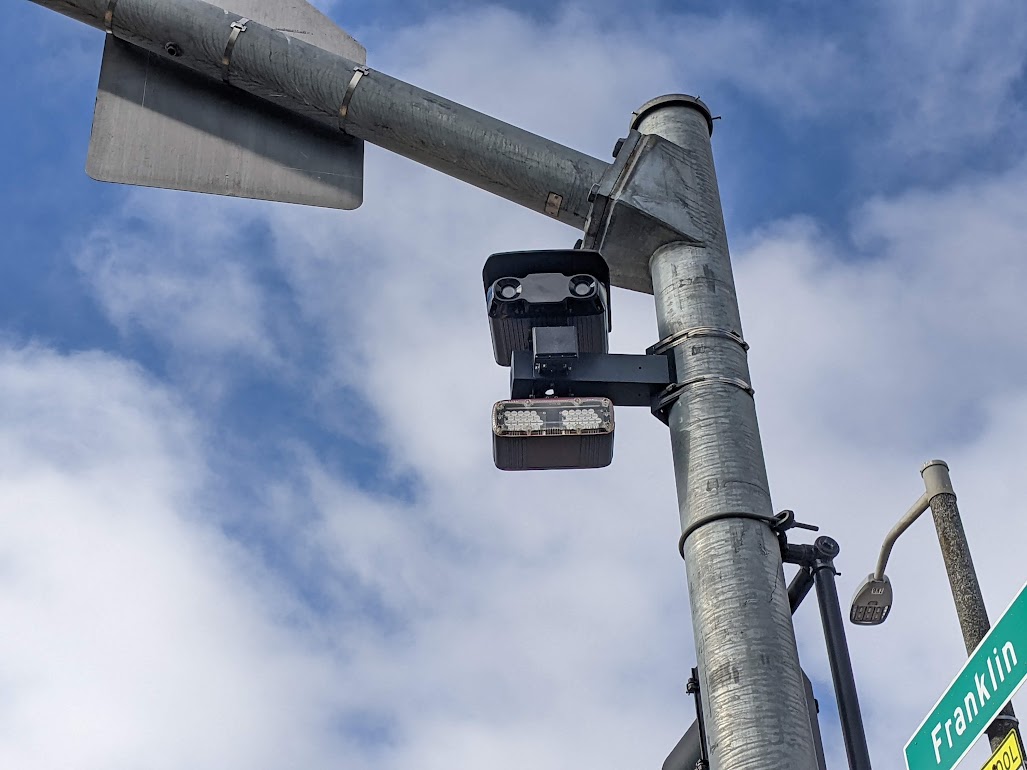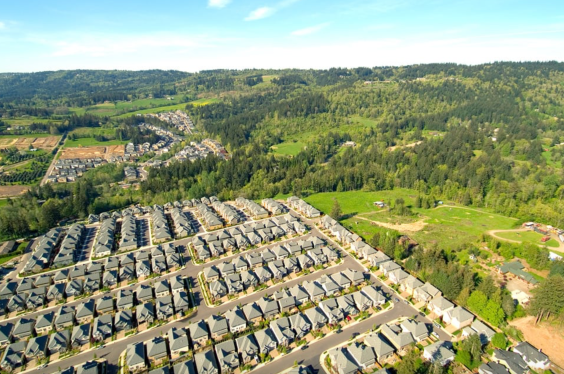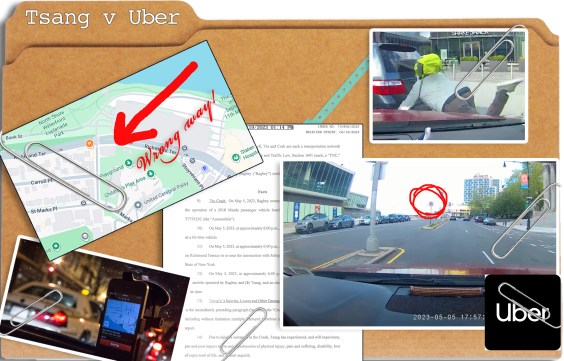 Space is at a premium on Delhi's streets. Photo: DaveBleasdale/Flickr
Space is at a premium on Delhi's streets. Photo: DaveBleasdale/FlickrDelhi, home to over 12 million people and the seat of India's national government, is widely considered to have the most dangerous traffic in the world.
As the Guardian wrote recently, traffic safety in Delhi basically
consists of "good horns, good brakes, good luck." Nationally, crashes
in India killed more than 130,000 people -- 85 percent of whom were
pedestrians and cyclists -- in 2007 alone.
As of last week, however, one piece of Delhi's solution seems clear: bike lanes on all major roads.
One month after a local bicycle advocacy group, the Delhi Cycling Club, sent a list of demands to the Delhi government, Chief Minister Sheila Dikshit announced
that all major streets will be retrofitted with bike lanes. "In
a city like Delhi, cycling would be the most effective mode of
transport to combat pollution and congestion on the roads," wrote
Dikshit.
From press accounts, it's not exactly clear whether the new network would consist entirely of physically separated lanes,
which currently exist along the city's bus rapid transit corridors.
A network of physically separated lanes would be especially useful in a city where traffic laws go largely unenforced. There are 110 million traffic violations in Delhi every day, according to the Guardian.
Delhi's investment in a cycling future comes not a moment too soon. Last year's introduction of the Tata Nano, a car priced at $2,000, has threatened to flood the city's already full streets with even more automobiles and even worse gridlock.





